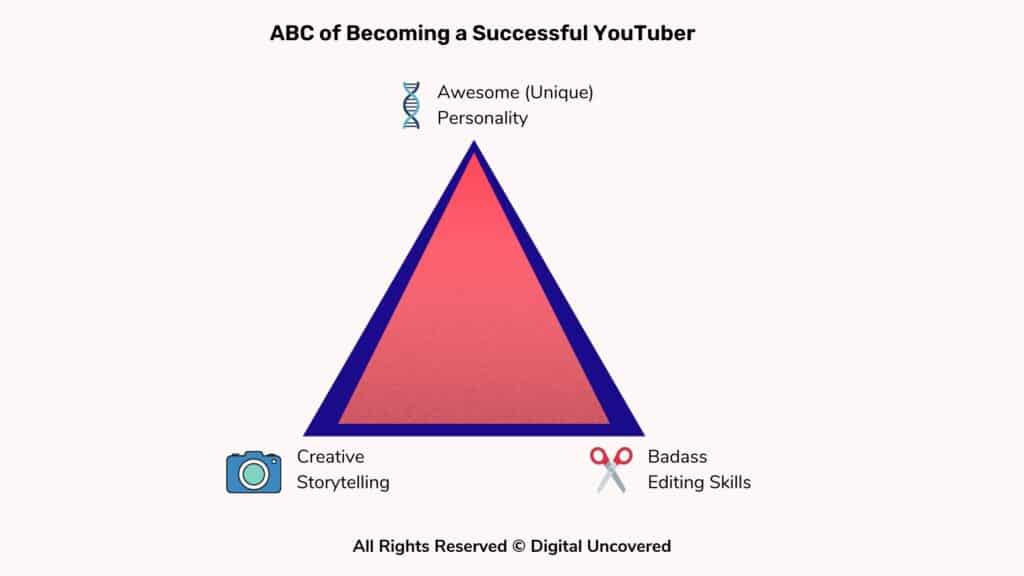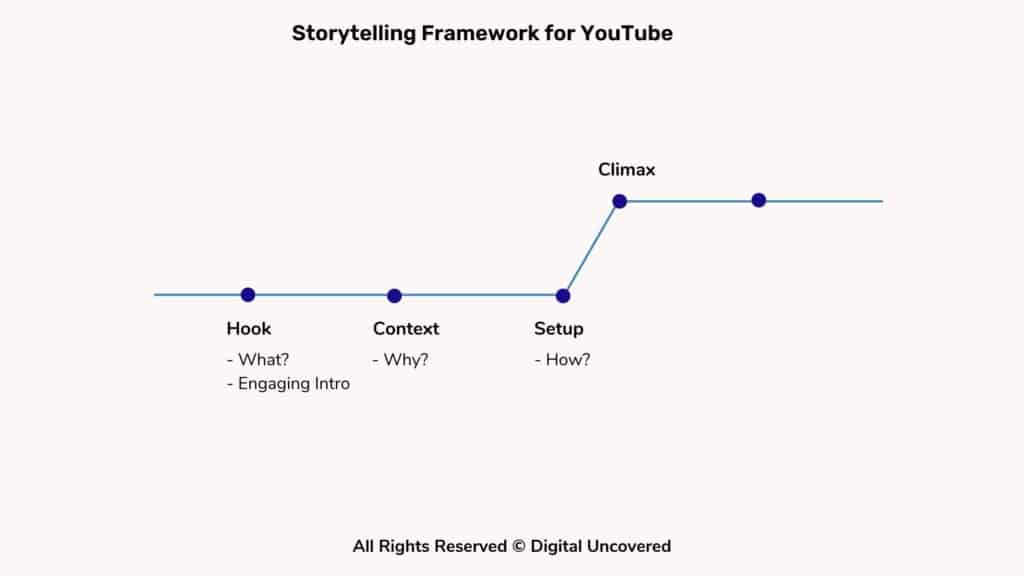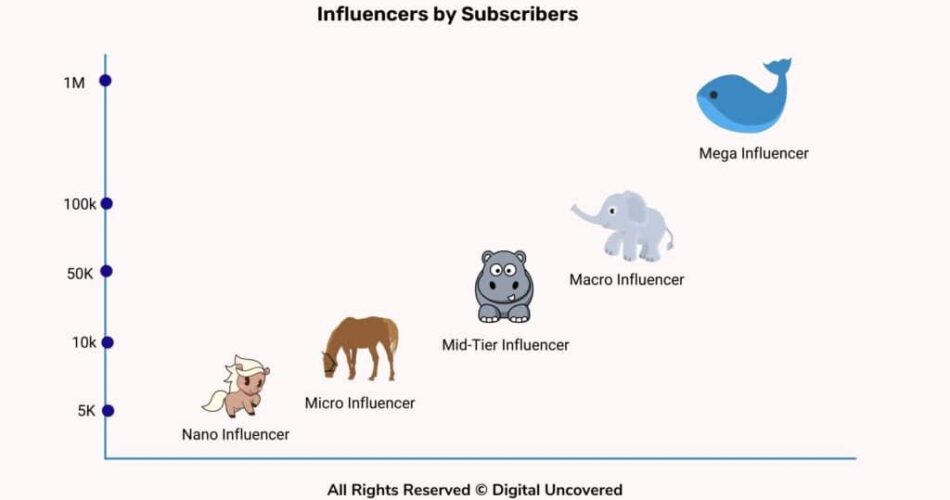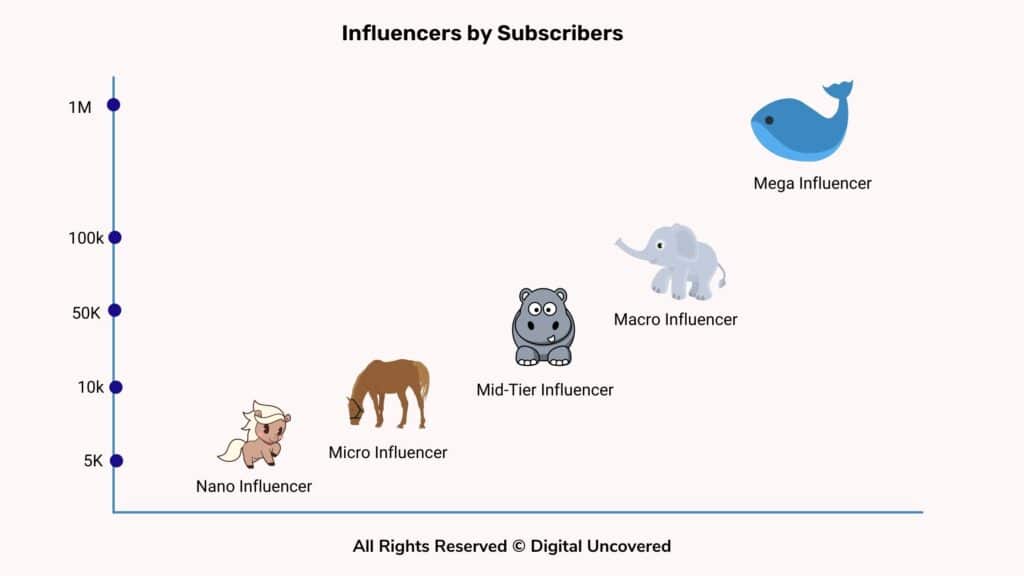If you Googled “how to become a successful YouTuber in India,” you’ll probably get a checklist or something along those lines, such as producing quality content, building an audience, and promoting it. While some of these articles make valid points, many are inaccurate. For those of us who have dabbled in video creation, we know this is far from the truth.
There are three great mysteries in India: Aryan Invasion, the lost city of Dvārakā, and the YouTube algorithm. But if you are a YouTuber in India, you have an unfair advantage. In 2021, YouTube’s user base in India amounted to approximately 459.23 million users. This number is projected to reach 833.03 million users by 2025, as per data released by Statista.
A massive influx of users also means that it is also increasingly challenging to get noticed. For ones who succeed, you’re on a hamster wheel of content creation. American YouTuber Natalie Lynn documented her struggles with content creation last year. Content creators’ struggles and frustrations with content creation often go unnoticed.
But for those who breach the hundred thousand and one million mark, the platform provides means of livelihood and a chance to continue pursuing an interest that allows them to move away from the corporate rat race. So before we deep dive into what makes a successful YouTuber in India, let’s look at what constitutes a successful YouTuber.
Who is a YouTube Influencer?
A YouTube influencer is someone who has positioned themselves as an expert and has amassed a massive following on YouTube. They have a loyal following and can inspire people into action, influencer their opinions, and even act as a catalyst for micro/macro trends.
But it is difficult to measure true influence; hence we mostly see influence calculated based on vanity metrics like the number of subscribers, total watch time, views, etc. Ultimately this has led to Youtube creators looking at ways to game the YouTube algorithm. The platform has also noticed this fact and constantly updated its algorithm to reward creators who consistently deliver unique and valuable content.
If you’re starting your YouTube journey, you can go all the way from being a nano influencer to a mega influencer with a span of two years. But we also have creators who occasionally break this rule and reach the one million subscriber mark within a short period.
If you analyze the list of top five creators who breached the one million mark in record time, you will realize that most were celebrities or existing influencers on Youtube. Among the fastest channels to reach one million subscribers, you will find only one creator Arjun Sudarshan who wasn’t a celebrity or existing influencer.
| YouTube Channel | Time to Reach 1M Subscribers on YouTube |
| Jennifer Kim (Blackpink) | 7 Hours |
| PewDiePie (Jacksepticeye2) | 12 Hours |
| Gaurav Taneja (Rasbhari Ke Papa) | 4 Days |
| Arjun Sundaresan (Arjyou) | 6 Days |
| Salman Khan | 25 Days |
The Fastest YouTube Channels To Reach One Million Subscribers
For the rest of us mortals, being a mega influencer means regularly producing high-quality content in order for the YouTube algorithm to notice our efforts.
What does it take to become a successful YouTuber in India?
Shlok Srivastava is not your average 25-year old engineering pass out. He started his YouTube channel when he was still in college. Although it took him a while before he could scale his channel, the monetization only kicked in after five years of consistently producing videos.
He also transitioned from making videos in English to Hindi after he realized a large cross-section of the audience couldn’t follow his content due to the language barrier. Sholk’s content is quirky and entertaining, and he uses colloquial Hindi interspersed with some English to talk about all things related to technology.
Today Sholk’s YouTube channel, Tech Burner, generates over 50 million viewers a month, and he has set up multiple websites, a business that focuses on developing applications, and a clothing line. Sholk’s story isn’t very different from other YouTubers in the country because it reemphasizes the three ingredients required to become a successful YouTuber.
 ABC of Becoming a Successful YouTuber
ABC of Becoming a Successful YouTuber
We call this the ABC of becoming a successful YouTuber in India and let’s start by understanding each ingredient.
1. Unique (Awesome) Personality
As a content creator, while people are buying into your content, they are also buying into you as a person. Millions of Indians tune in to see Gaurav Taneja spend time with his family because his content is relatable. There is a growing appetite for authentic relatable content that comes from a place of honesty.
If you’re starting as a content creator, you’ll need a unique personality; you can’t script every word that comes out of your mouth, and each piece of content you post will require you to reveal a bit about yourself.
2. Creative Storytelling
When it comes to storytelling, there are no general rules on what will work and what will not, but if you’re creating content at scale, you need a process to ensure that you are consistently uploading videos. Most content creators upload an average of 2-3 videos every week.
The platform looks at two primary factors while recommending your content to others: click-through rate and watch time (average view duration). You can improve your click-through rate by ensuring you get your titles and thumbnails correct. But getting the watch time in your favor means you will have to work on your storytelling skills. You want to grab the audience’s attention in the first fifteen seconds as a general rule. Most YouTuber’s refer to these first fifteen seconds as ‘hook.’
 Storytelling Framework for YouTube
Storytelling Framework for YouTube
Hook provides viewers with a sneak peek into the video without giving context. It’s sort of like a movie trailer, which doesn’t give away the film’s plot. A hook could be a question, a snippet from the video, or a montage of clips. But as I said, there are no general rules because your ultimate goal is to grab the viewers’ attention.
The second step is to set the context, where you reveal the context to the viewers. Many content creators sometimes combine the hook and intro in the first fifteen-twenty seconds. Then you have the set-up, which provides more details, followed by the climax. This is the most common framework used by YouTubers like Ali Abdaal, Ankur Warikoo, Peter McKinnon, and many others.
But occasionally, you will see YouTubers who completely invert the storytelling framework. Some channels that have managed to do this in the recent past are Dream, and Beluga.
3. Badass Editing Skills
Before you read any further, watch this video developed by Niklas Christl on Dopamine Detox. The chances are that you have already seen the video, and Niklas’s channel blew up after the video went live. The video has had five million views since it was published. Of course, the content is interesting and relatable.
But you will have to rewatch it to understand Niklas’s true genius. In the first sixty seconds, Niklas cuts 28 times, and the content is interlaced with on-screen text effects. Reading and fast cuts require your active focus as a viewer. By keeping the viewers glued, Niklas essentially fulfills the algorithm’s critical criteria: average view duration.
If you want your videos to be noticed, you will have to work on your editing skills which means everything from editing, color grading, cuts used to audio engineering.
Final Thoughts
It isn’t easy to become a successful YouTuber in India, considering how competitive the market has become in the last few years. Everybody, from your co-worker to your dog, has a Youtube channel.
There are several other considerations while you build your YouTube channel, including identifying your niche, buying your camera gear and equipment, and building your content schedule. We haven’t covered them in this article because we know you have already heard about all of them before. Ultimately it isn’t easy to attribute someone’s success on the platform to a couple of factors because we know how things are constantly changing on YouTube.
The post How to Become a Successful YouTuber in India appeared first on Digital Uncovered.
Source link




